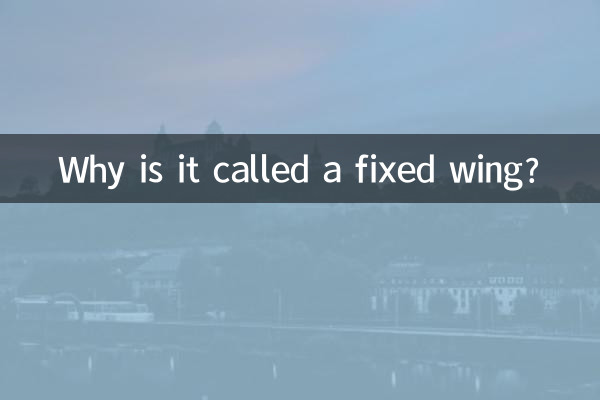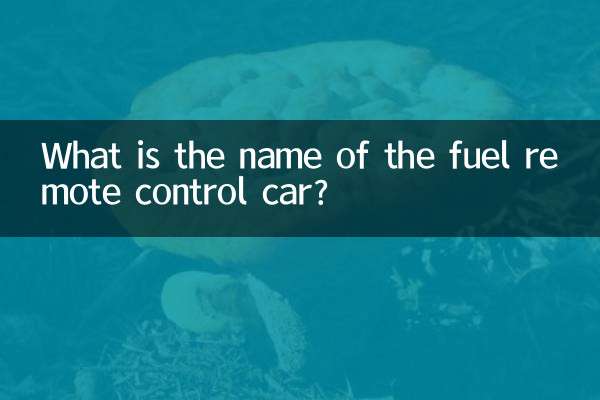Why is it called a fixed wing?
In aviation, fixed-wing aircraft are a common aircraft design, in contrast to rotary-wing aircraft such as helicopters. The name fixed wing comes from the fact that the wing structure remains stationary during flight. This article will explore the definition, characteristics and differences between fixed-wing aircraft and rotary-wing aircraft, and use structured data to display hot aviation topics in the past 10 days.
1. Definition and characteristics of fixed wing

Fixed wing refers to an aircraft whose wings are fixed to both sides of the fuselage and do not rotate or move during flight. This design achieves flight through the lift generated by the wings and is typically used in fixed-wing aircraft such as airliners, fighter jets, and gliders. The following are the main features of fixed wing:
| Features | Description |
|---|---|
| structural stability | The wings are fixed and no complex mechanical structural adjustments are required during flight. |
| Efficient cruising | Suitable for long distance flights and highly fuel efficient. |
| Speed advantage | Typically faster than a gyroplane. |
2. The difference between fixed wing and rotorcraft
Fixed-wing and rotary-wing aircraft are two completely different aircraft designs, each with its own advantages and disadvantages. Here's a comparison of the two:
| Comparative item | fixed wing | gyroplane |
|---|---|---|
| wing structure | fixed | Rotatable (such as a helicopter rotor) |
| Take-off and landing mode | need runway | vertical takeoff and landing |
| flight speed | Fast | slow |
| Applicable scenarios | Long-distance transportation, high-speed flight | Short-distance transportation, rescue, etc. |
3. Hot topics in the aviation field in the past 10 days
The following are recent hot topics and content in the aviation field, reflecting the latest developments in the industry:
| topic | Hotness | Main content |
|---|---|---|
| Electric aircraft development | high | Several companies have announced the development of electric fixed-wing aircraft to promote green aviation. |
| New fixed-wing drone | in | Breakthroughs in military and civilian drone technology and improved endurance. |
| Aerospace material innovation | high | Application of lightweight materials in fixed wing design. |
| aviation safety incident | high | A number of recent fixed-wing aircraft accidents have sparked safety discussions. |
4. Future Development Trends of Fixed Wings
With the advancement of technology, fixed-wing aircraft are developing in a direction that is more efficient and environmentally friendly. Electrification, intelligence and material innovation are the main trends in the future. For example, electric fixed-wing aircraft could reduce carbon emissions, while new composite materials could improve the strength and durability of wings.
As a basic design in the aviation field, fixed wings will continue to play an important role in long-distance transportation, military applications, and scientific research and exploration. Its name "fixed" is not only a description of its structure, but also a symbol of its solid position in aviation history.
Through the above analysis, we can have a deeper understanding of the definition, characteristics and importance of fixed wings in the aviation field. Whether it is a traditional passenger aircraft or a future electric aircraft, fixed-wing design will continue to lead the development of aviation technology.

check the details

check the details